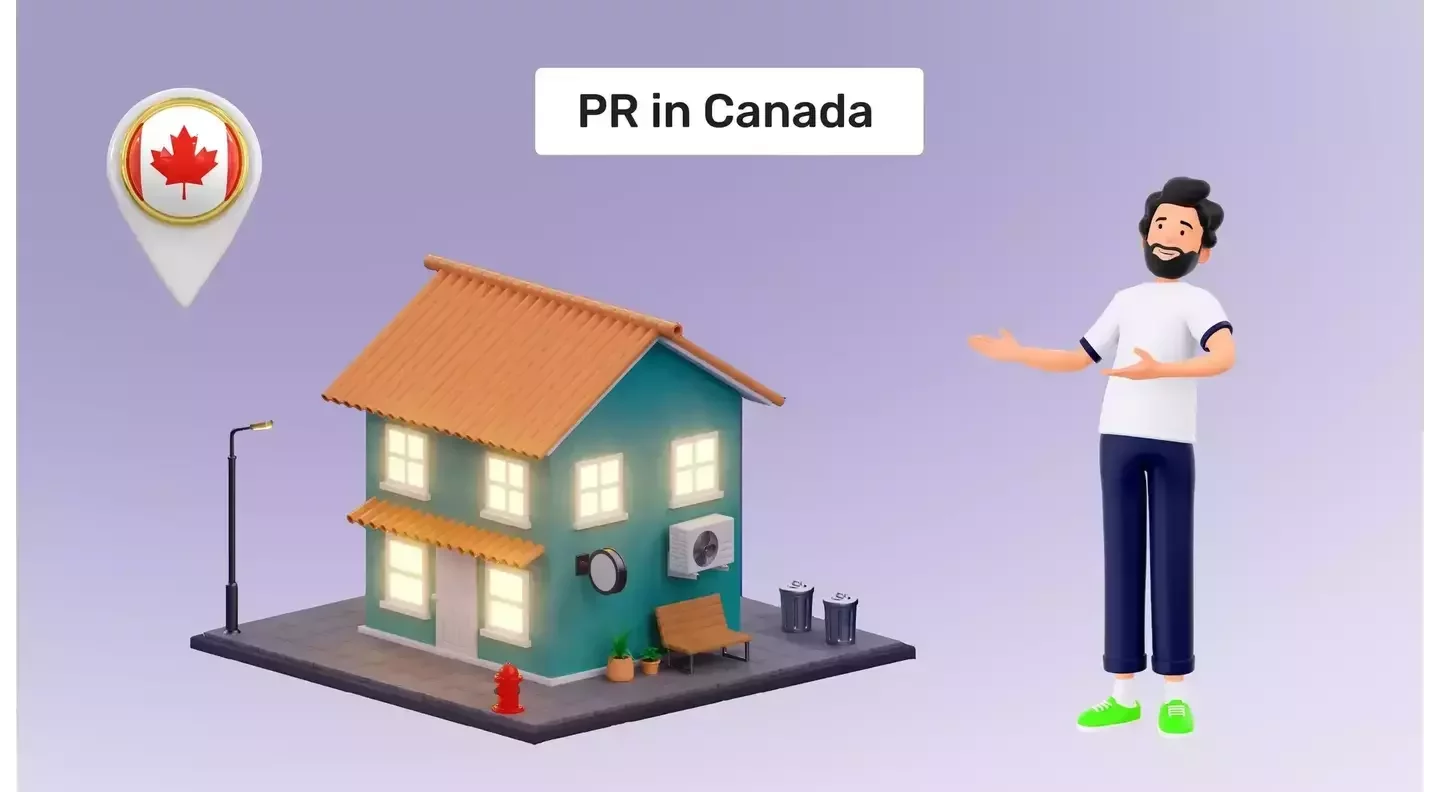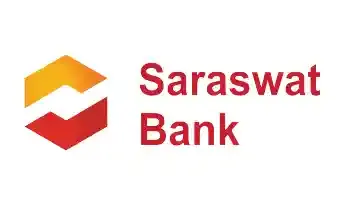Get instant loan offer suitable to your profile !


On this Page:
Comprehensive guide to achieving permanent residency in Canada. Learn about pathways, eligibility requirements, and tips to simplify your journey to be a Canadian PR.
Canada is one of the world’s most educated countries, with over half of its residents being college graduates. The Canadian Government and industry support research in areas including telecommunications, medicine, agriculture, computer technology, and environmental science.
Every year more than two hundred thousand international students troop into Canada, many with an intent to make Canada their home. What’s more – Canada welcomes international students to not only study but also to stay back after their studies and contribute to the economy. If you dream to be one of these students, we at GyanDhan are here to provide you with a road map to do so.

Canada plans to implement significant changes to its immigration policies, to address social, economic, and infrastructural challenges. Following are the recent updates as of 2025:
The 2025–2027 Immigration Levels Plan mentions a considerable decrease in new permanent residents. Following are the new permanent residents as per the year:



Canadian government states that this strategy aims to manage population growth, reduce housing shortages, and ensure sustainable development.
Starting in 2025, Immigration, Refugees and Citizenship Canada (IRCC) plans to launch four new programs mentioned below:



Due to concerns over housing and infrastructure burden, Canada plans to reduce the proportion of temporary residents from 6.8% to 5% of the total population over the next three years.
This includes implementing limits on international students and tightening rules for temporary foreign workers.
The reduction in overall immigration targets is expected to impact programs like Express Entry and Provincial Nominee Programs (PNPs). Applicants may face increased competition and potentially higher eligibility thresholds than before.

Below is a step-by-step process of getting a PR in Canada:
This is your first step on the journey. Apply at the earliest possible date, as scholarships and admissions get more and more competitive closer to the deadline.
Appear for exams like TOEFL, IELTS, GRE (if required), etc. Draft your Statements of Purpose (SOPs), Letters of Recommendation (LORs), and essays. Use various sources to collect information about the universities that you want to apply for – like their eligibility criteria, application procedure, etc. Send in your application containing your official transcripts before the deadline and make sure that you have a valid passport.
In order to study in Canada after successfully getting an admit, you will need to obtain a Canadian study permit, which serves as a student visa for the duration of your stay. However, you do not need a Canadian study permit if your course or program lasts six months or less.
To be eligible for a Canadian visa, you must:




While in Canada, you can also apply for internships through career development programs or student internship programs to increase your chances of job recruitment post the completion of your studies. These internships further enhance your skills as well as your overall profile. You can also undertake part-time jobs to help support yourself while studying in Canada. While on the student visa, you can work on or off-campus for up to 20 hours during university semesters and full-time during breaks such as the winter or summer holidays, without the need for a work permit.
This is the next step in earning your stay in Canada. You get an additional 90 days to land yourself a job in Canada after you have completed your study program. Once you acquire a job, you need to get Post-Graduation Work Permit to stay and work. There is no minimum wage requirement for individuals. However, the lowest salary you need to earn per annum in order to bring a dependent family member into this country is USD 24,600 dollars.
The validity period of the post-graduation work permit depends on the length of your study program. If your program was:




Post-Graduation Employment Work Permits have a maximum validity of three years with no renewals.
Canada welcomes permanent residency from foreign nationals. You can apply for a permanent residence if:



There is also another common way students apply for and get selected for their permanent stay in Canada and that is the Dual Intent Permanent Residence Program.
Dual Intent Permanent Residence Program:
You can also apply for this program starting with two intents – one for temporary residence (for your studies) and one for permanent residence. Dual intent is present when a foreign national who has applied for permanent residence in Canada also applies to enter Canada for a temporary period as a visitor, worker, or student.
Assessing Dual Intent:
As a student, you are eligible to apply for a dual intent visa if you have an admit for university education in Canada and you plan to settle here as well, later. In assessing your application for temporary residence an officer may also consider factors such as:




Temporary residence status might be refused for several reasons, including:




Refusal to being granted dual intent:
Note that refusal to be granted the Dual Intent does not stem from having two intents. They stem from having a single bona fide intent (i.e., to become a permanent resident) and misrepresenting the second intent (i.e., to become a temporary resident) in order to achieve the first intent.
For example, an applicant for a work or study permit who indicates that he or she has no intention of leaving Canada has demonstrated only a single intent – permanent residence. This is because the applicant has shown that they do not respect the terms and conditions of temporary residence, should they not qualify for a Permanent Resident stream.
After securing a permanent residence, your next target lies in securing Canadian citizenship. You can apply for citizenship in Canada if you’ve lived there for at least the last 3 years, have knowledge of English or French, and are of good character, i.e., no criminal records, etc.

Following are some of the issues that may delay or reject your PR application. We have listed the top 10 mistakes when applying for a PR application:











If you have decided to take the plunge and study in Canada, here is an important fact you should remember. Canada offers SDS (Student Direct Stream) programs, for which the admission process for international students is made easy with smooth application, documentation procedure, and fast visa issuance. The chances of an international student getting an admit for these programs are also higher. To study these programs, you will have to furnish a Guaranteed Investment Certificate or GIC. To get this certificate, you need to open a GIC account and deposit CAD 10,000, which is the amount equivalent to living expenses in the first year of living in Canada. You can open your GIC account in SBI & CIBCl. To open your GIC account in SBI & CIBC through GyanDhan, all you need to do is fill out this form!
If you need assistance in admission to Canada Universities, you can avail of our admission counselling services, test prep, accommodation assistance, and visa counseling services, at minimal rates.
Also, thinking of an education loan for studying in Canada? Get a call back from our education loan counsellors by clicking here.

The following are the primary pathways to get PR in Canada:






Yes, students can apply for PR after finishing their studies. Some programs include:



Students can use a post-graduation work permit (PGWP) to get work experience, which helps with PR.
No, you don’t always need a job offer. Programs like Express Entry and some PNP options let you apply without one. But having a job offer can give you more points and improve your chances of getting a PR.
Following are the costs that are incurred for applying to PR in Canada. However, please note that this is an estimated amount, the actual amount may vary.


Check Your Education Loan Eligibility

Ask from a community of 10K+ peers, alumni and experts
Trending Blogs
Similar Blogs

Network with a community of curious students, just like you
Join our community to make connections, find answers and future roommates.. Join our CommunityCountry-Wise Loans
Best Lenders for Education Loan

ICICI Bank

Axis Bank

Union Bank

Prodigy

Auxilo

Credila

IDFC

InCred

MPower

Avanse

SBI

BOB

Poonawalla

Saraswat